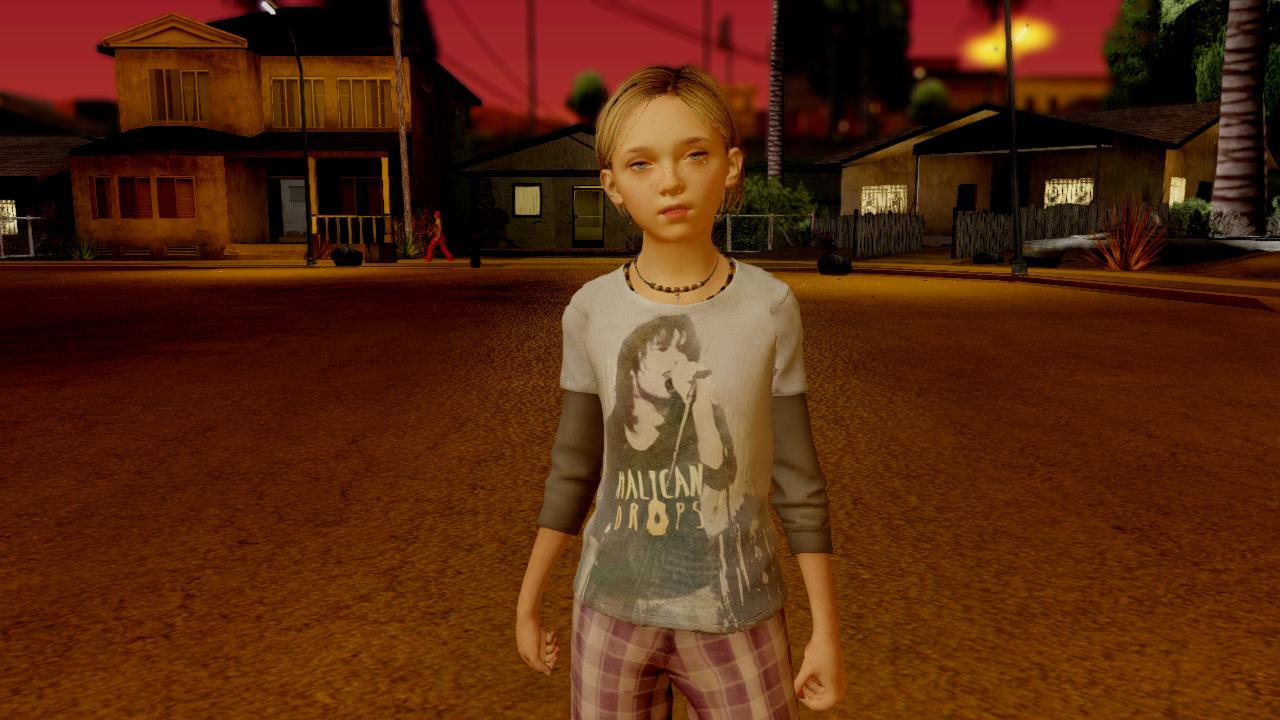
įunding: The project described was supported by Grant Number U54GM088558 from the National Institute Of General Medical Sciences and Grant Number 5T32AI007535 “Epidemiology of Infectious Diseases” from the National Research Service Award ( ). Dengue surveillance data are available at. The work is made available under the Creative Commons CC0 public domain dedication.ĭata Availability: ILI surveillance data are openly-available and cited within the manuscript (Materials & Methods). This is an open access article, free of all copyright, and may be freely reproduced, distributed, transmitted, modified, built upon, or otherwise used by anyone for any lawful purpose. Received: JAccepted: FebruPublished: April 6, 2020 PLoS Comput Biol 16(4):Įditor: Bryan Lewis, University of Virginia, UNITED STATES We present software implementing this new approach (R package “NobBS”) for widespread application and provide practical guidance on implementation.Ĭitation: McGough SF, Johansson MA, Lipsitch M, Menzies NA (2020) Nowcasting by Bayesian Smoothing: A flexible, generalizable model for real-time epidemic tracking. We show that introducing a temporal relationship between cases considerably improves performance when the reporting delay distribution is time-varying, and we identify trade-offs in the role of moving windows to accurately capture changes in the delay. We test NobBS on dengue in Puerto Rico and influenza-like illness (ILI) in the United States to examine performance and robustness across settings exhibiting a range of common reporting delay characteristics (from stable to time-varying), and compare this approach with a published nowcasting software package while investigating the features of each approach that contribute to good or poor performance. Here, we present a Bayesian approach, NobBS (Nowcasting by Bayesian Smoothing) capable of producing smooth and accurate nowcasts in multiple disease settings.

However, many nowcast approaches ignore a crucial feature of infectious disease transmission-that future cases are intrinsically linked to past reported cases-and are optimized to one or two applications, which may limit generalizability. Modeling the reporting delay distribution is a common feature of nowcast approaches.

“Nowcast” approaches attempt to estimate the complete case counts for a given reporting date, using a time series of case reports that is known to be incomplete due to reporting delays.

Achieving accurate, real-time estimates of disease activity is challenged by delays in case reporting.


 0 kommentar(er)
0 kommentar(er)
